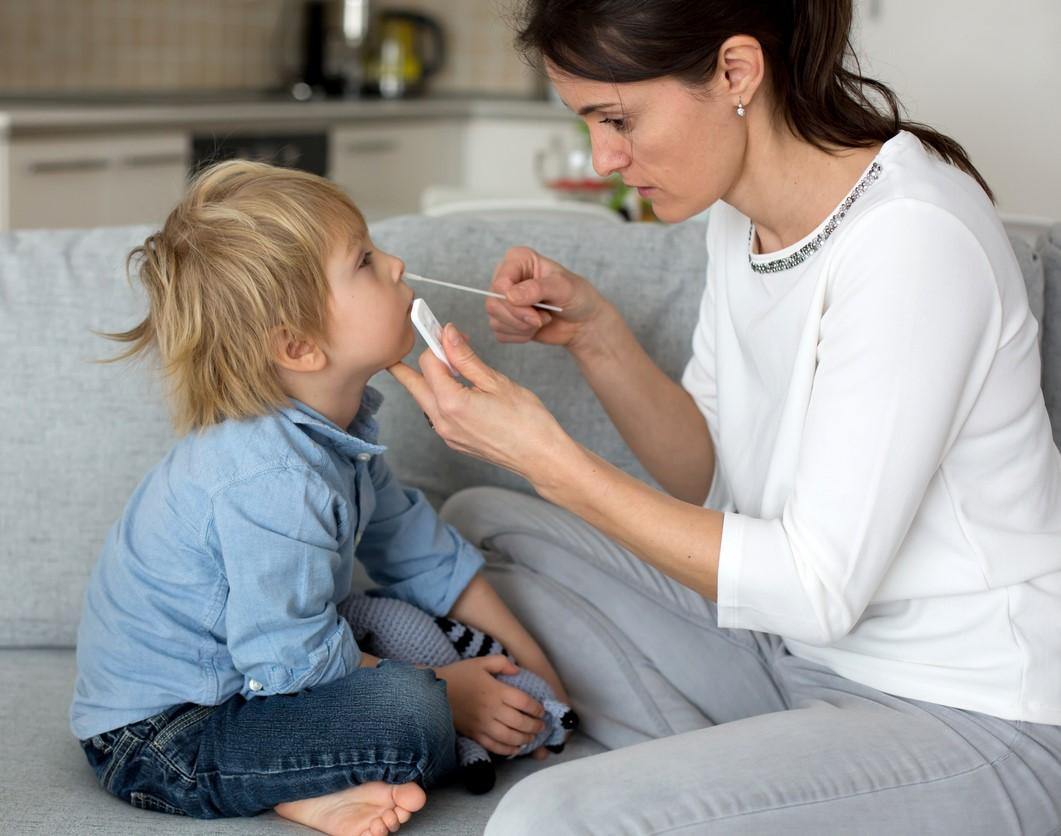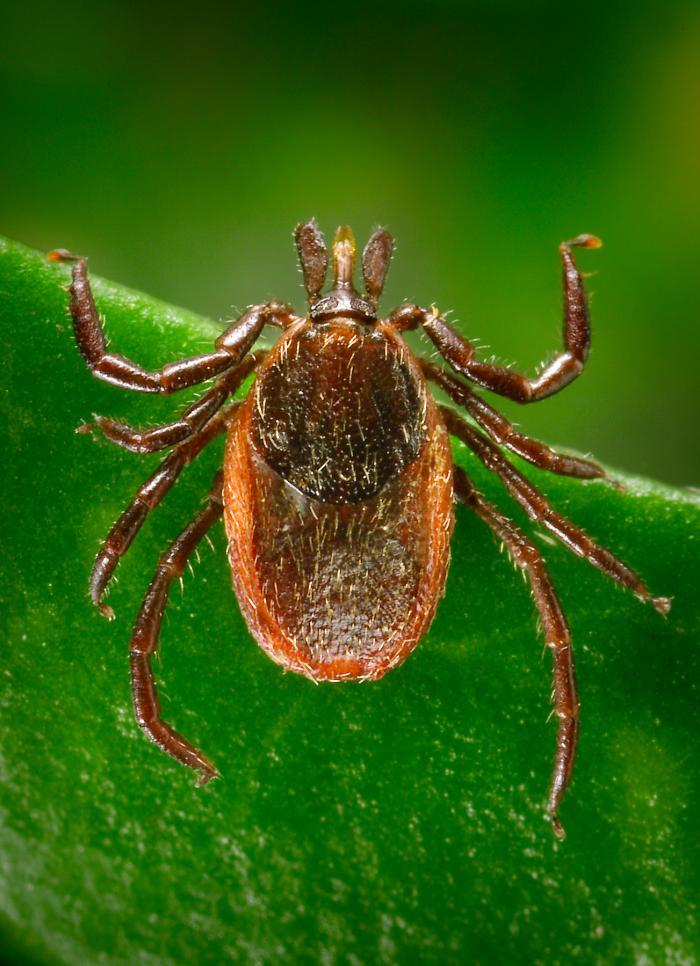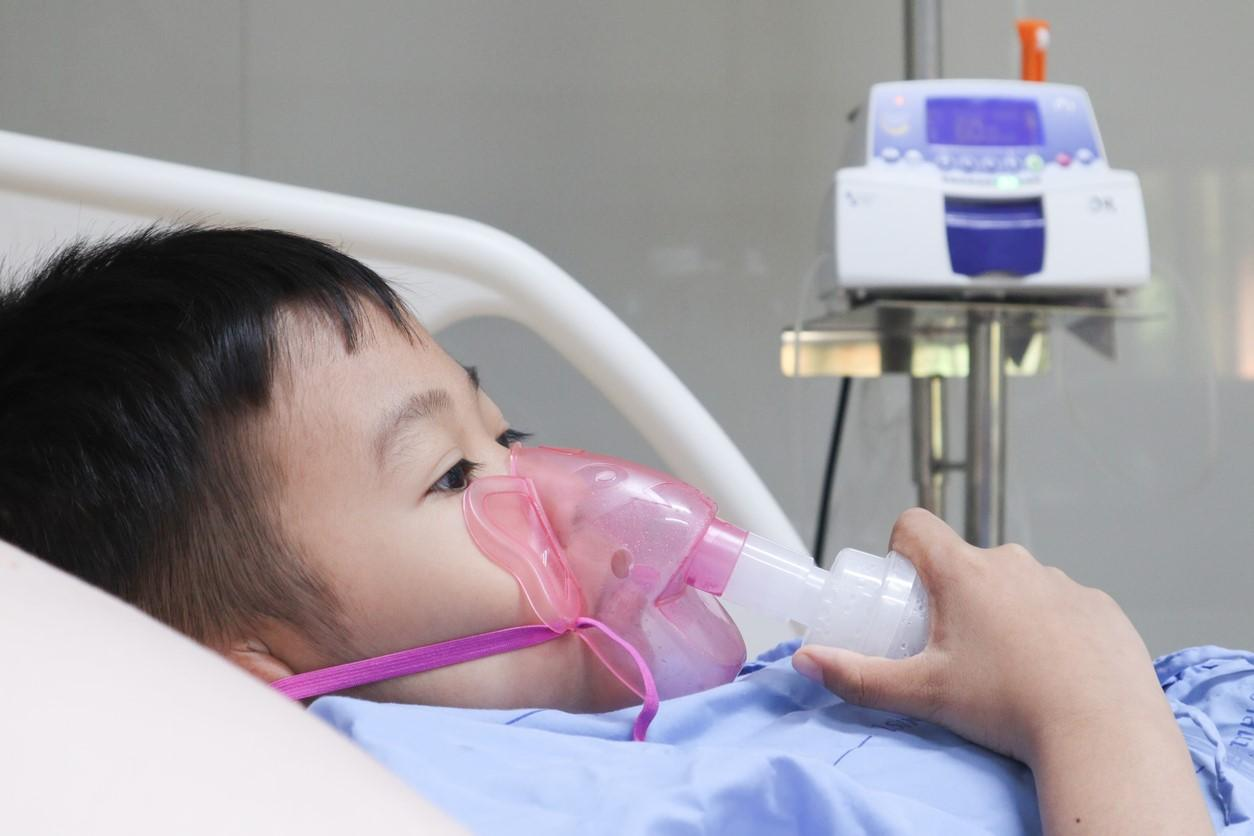
A study today of viral shedding dynamics in 101 children who had COVID-19 during the Omicron surge in Toronto shows that 40% were still infectious on the day after their symptoms resolved.
Moreover, rapid antigen tests (RATs) were often negative early in the course of illness, and thus cannot be relied on to exclude infection, they authors say. The study is published in Clinical Infectious Diseases.
The prospective study was conducted from February 1 to March 14, 2022, and included children ages 18 and younger with confirmed COVID-19. Researchers conducted daily SARS-CoV-2 testing based on saliva samples for 10 days, and 50 of the participants also completed daily RATs. All testing began within 72 hours of symptoms.
In total, 66 participants (65%) were positive for BA.1 and 33 (33%) were positive for BA.2. The mean age of participants was 10.2 years. Sixty-three percent of participants had two doses of mRNA vaccine, and 18% were unvaccinated.
Three-fourths non-infectious by day 7
The median time to symptom resolution was 6 days, and 12% of participants still had symptoms at day 10. Overall, the median time to non-infectious virus load was 5 days after symptom onset, with 75% of participants meeting the non-infectious threshold by 7 days, and 90% by 10 days. Ten participants were still infectious at 10 days, but only one was symptomatic, with a cough.
"On the day of symptom resolution, 43 of 87 (49%) had met the threshold of non-infectiousness, with 52 (60%) having reached the threshold as of the first day post symptom resolution," the authors wrote.
These findings support the consideration for infection prevention and control interventions for up to 10 days.
Among the 50 participants using RATs, positivity at symptom onset and on the day after symptom onset was 67% and 75%, respectively. On the first day where the non-infectious threshold was met, 61% of participant RAT results were positive.
"These findings support the consideration for infection prevention and control interventions for up to 10 days post symptom onset to reduce residual transmission risk around vulnerable or immunocompromised populations," the authors said.











